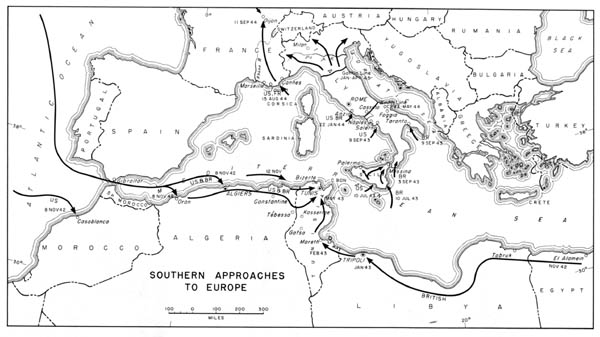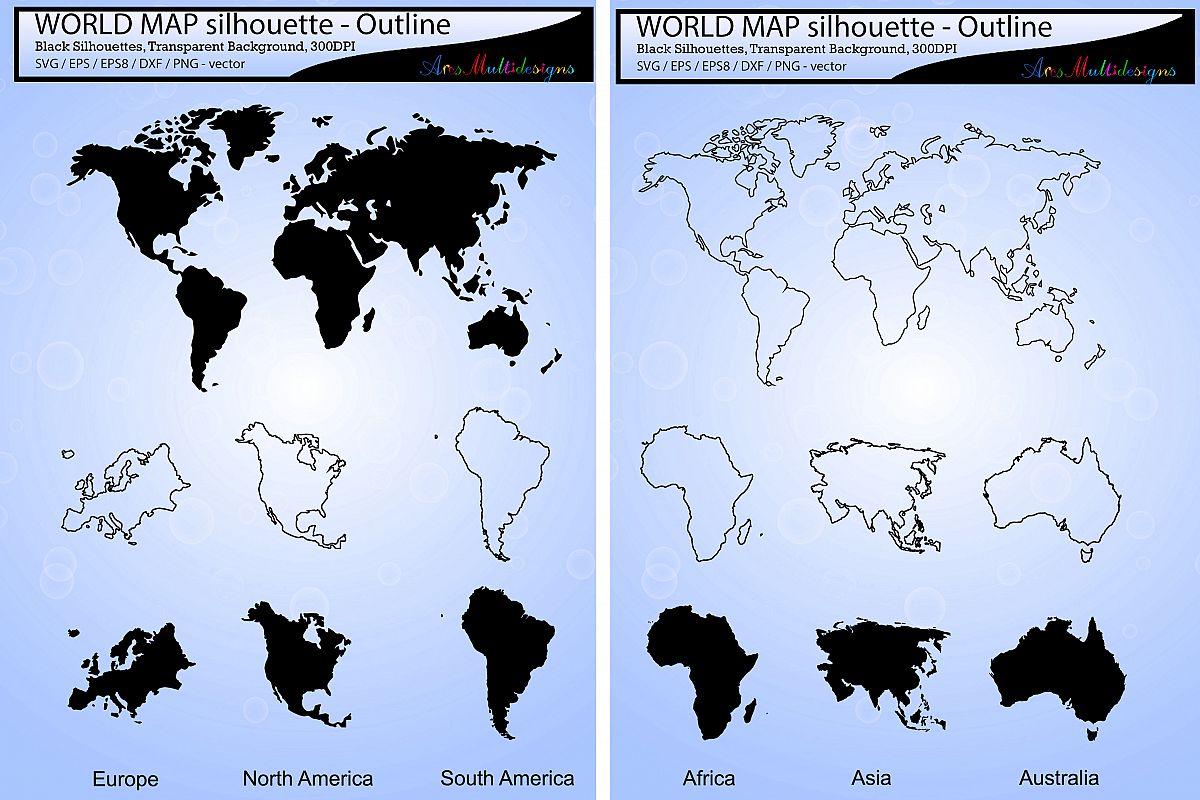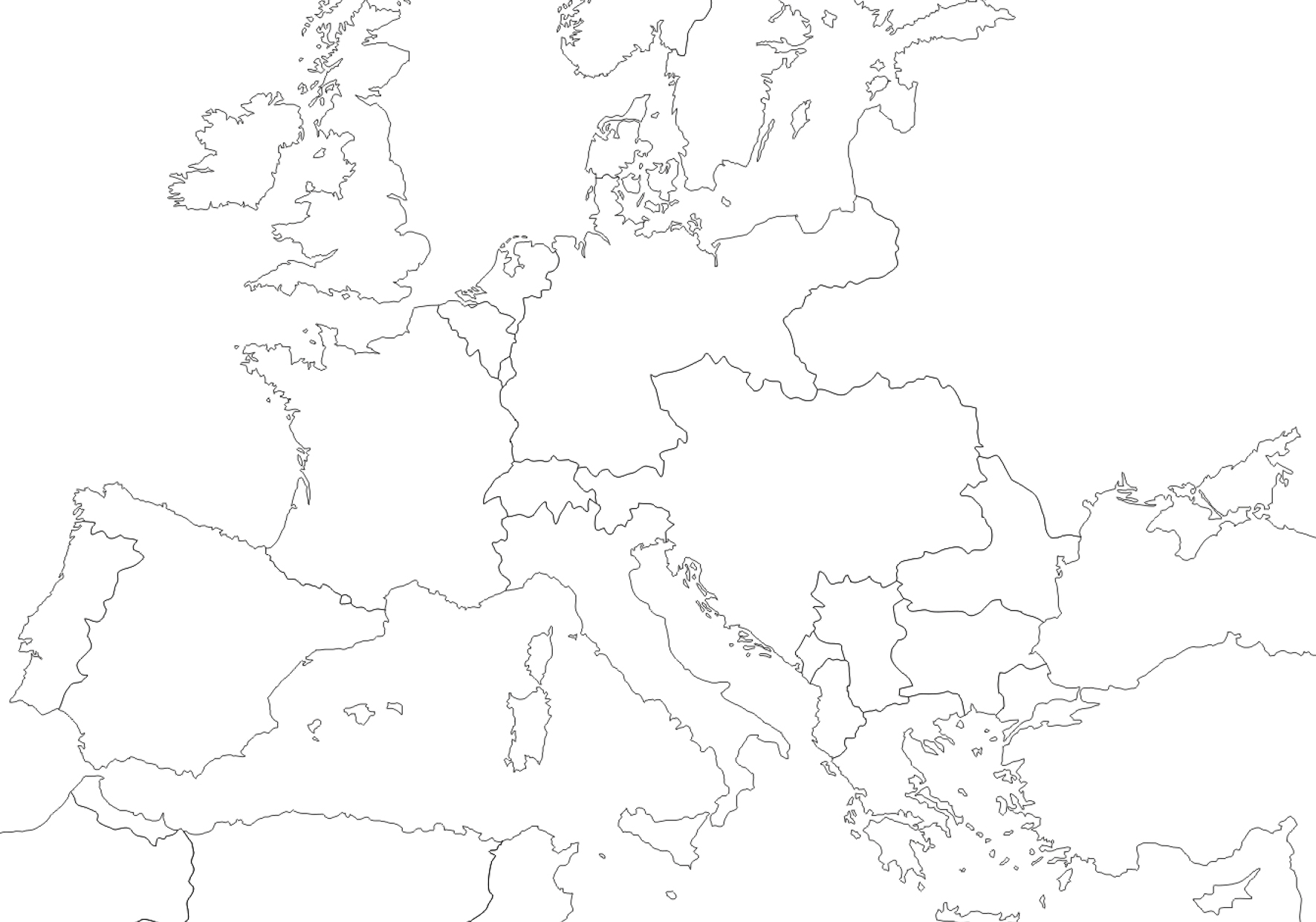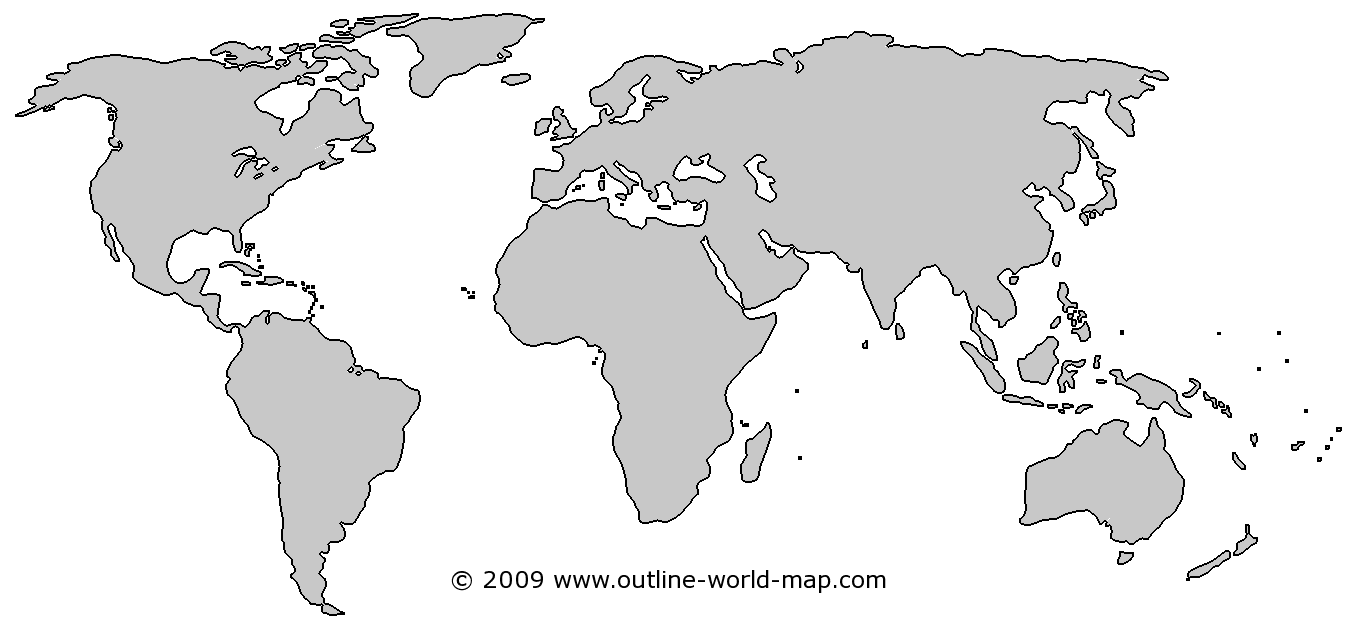People from all over the world use German maps in different formats according to their requirements. Germany is a great place to visit and spend quality time with family and friends. To plan a trip to Germany one must use a printable blank map of Germany in PDF for reference. Some of the well-known places in Germany are Berlin, Munich, Frankfurt, Cologne, Hamburg, etc.
German students and teachers use a map of Germany for studying purposes. From the printable blank map of Germany get information about neighboring countries, popular tourist places, major cities, forest cover, mountains and hills, and much more. Browse 12,352 germany map outline stock illustrations and vector graphics available royalty-free, or start a new search to explore more great stock images and vector art. Glowing red neon world map with flag of germany on world map.
Europe country outline state map with space view - vector illustration. Georeferencer v4 is an improved and updated version of our prior Georeferencer v3. It allows you to overlay historic maps on modern maps or other historic maps.
The overlaid maps reveal changes over time and enable map analysis and discovery. Users who georeference the most maps will be recognized in the bar displays below.Recently Georeferenced maps can be viewed by image or by location. Such, then, are the great outstanding features of the situation. The great Slav Empire of Russia has been overthrown, and a vast field for German economic exploitation and for insidious or open political influence has been opened in the East.
A restored Poland will, under the best of conditions, be for a long while only an uncertain and an inadequate barrier. Germany proposes the annexation of German Austria and of German Bohemia. If she succeeds in this, then the new and small Czecho-Slovak Republic will be surrounded on the north, the west, and the south by the mighty state of Germany.
It will be a mere salient projecting into German lands, a salient held by a weak people in the face of the intense and secular hatred of an overwhelmingly stronger one. And when the time comes for the extinction of that salient, when the international situation favors, extinguished it will be, with as great ease as was the salient of St. Mihiel in the closing days of the war. Browse 1,461 germany map outline stock photos and images available, or start a new search to explore more stock photos and images. Germany is one of nearly 200 countries illustrated on our Blue Ocean Laminated Map of the World. This map shows a combination of political and physical features. It includes country boundaries, major cities, major mountains in shaded relief, ocean depth in blue color gradient, along with many other features.
This is a great map for students, schools, offices and anywhere that a nice map of the world is needed for education, display or decor. Border issues often arise when outside powers draw borders in regions they colonize, with or without the consent of the people who already live there. During the 1800s and 1900s, European countries colonized much of Africa.
These European colonists created the borders of most African countries. The divisions often did not reflect the existing ethnic or political groups that lived in those regions. The so-called "Scramble for Africa" was a conflict between European powers on African soil. European nations, led by the United Kingdom, France, and Belgium, competed to amass the most land and resources in Africa, with little regard for natural boundaries or cultural borders.
The future of the German colonies, of the detached parts of the Turkish Empire, of the various Balkan states, will be important for the people concerned, but will not be decisive for the course of general history. The great decisive influences and impulses shaping and determining, in large measure, the destinies of those countries and peoples will emanate from Europe, as hitherto, and will be the product of European conditions. Asia and Africa will continue to be annexes of Europe, whatever guise be given them, because of the direct political connections that will exist between large areas of those continents and Great Britain, France, and Italy. The trench warfare of World War I convinced the French that a strong defense would be crucial to stopping a future German invasion.
So France constructed a series of fortifications known as the Maginot Line (the heavy blue line in the lower-right of the map here) that stretched along the common border between France and Germany. Hitler realized that a frontal assault on the Line would be counterproductive. Instead, in a repeat of German strategy from World War I, Germany attacked through Belgium and Holland, two small countries that lay north of France. The Germans soon reached the portion of the French border not protected by the Maginot Line. The pink region in this map shows German gains between May 10 and May 16, 1940.
The Maginot Line has become a symbol for backwards-looking bureaucracies that waste resources "fighting the last war." But this criticism is somewhat unfair. It's true that the fixed defenses of the Line were less useful against highly mobile Nazi tanks than they would have been against German troops circa 1914. But the Maginot Line still played an important role in the defense of France. It forced early fighting to occur on Belgian rather than French soil, giving the French army time to mobilize before German troops arrived. And it allowed the French — whose army was smaller than Germany's — to concentrate their forces along the portions of the border not protected by the Maginot Line. The Line didn't stop the Germans from overrunning French defenses, but it probably helped.
A political boundary is an imaginary line separating one political unit, such as a country or state, from another. Sometimes these align with a natural geographic feature like a river to form a border or barrier between nations. Occasionally, two countries may contest where a particular border is drawn. These disputes might arise due to a natural resource both groups want, like in the case of Sudan and South Sudan, or in an attempt to gain more political power, as in the case of Pakistan and India in the Kashmir region.
Use these resources to explore more about political boundaries. World War II was the biggest conflict in world history, with major battles on three continents and some of the largest naval engagements in history. This amazingly detailed animated map, by YouTube user Emperor Tigerstar, provides a global view of the conflict. It shows Japanese conquests in the Pacific, German gains in Europe, and then the slow but inexorable Allied effort to recapture the lost territory. The full YouTube animation, available here is even more detailed, with a frame for each day of the war. Royalty Free, Germany, printable, blank maps that you can download that are perfect for reports, school classroom masters, or for sketching out sales territories or when ever you need a blank map.
These are great for making 8.5 x 11 blank printable world maps. The total land area covered is 357,022 square kilometers or 137,847 square miles, and it lies between the Baltic and North seas to the north, and the Alps to the south. Teachers can print out unlimited individual map copies of Germany consisting of outlines. This enables them to test the students on the task of location labeling, ask them to draw the map of the country's terrain elements, or draw symbols.
From the below-provided printable blank map of Germany in PDF, we can see the places which fall within the country of Germany. We can utilize this map to access information that we need about that country. Germany is divided into 16 constituent states which are visible in the below present map along with their capitals. A blank map of Germany shows that it is the second-most populous country in Europe after Russia. The capital city as well as the largest city of Germany is Berlin. From the map provided below, we can check which countries are attached to Germany and the neighboring countries which surrounds it.
This collection of map outlines are free to download and print for personal or educational use. Outline maps are useful for testing geograpy knowledge, and can be fun for coloring too! Teachers can print out unlimited individual copies of country map outlines to test students on location labeling or ask them to draw symbols or terrain elements, just to name a couple of suggestions.
Having students do the research to find correct place names and add them to the map will help them gain familiarity with new locations. Can be an effective in-class activity or a homework assignment. The following maps give an insight into the social and spatial disparities in higher education across Europe's countries and regions. They are all gridded population cartograms where each area is proportional to the number of people living there. In October 1944, American and Japanese forces fought one of the biggest and most dramatic naval battles of the war.
The Americans were trying to retake the Philippines, and they decided to begin by taking the island of Leyte. By this point, the Japanese were severely outgunned, but they staged a last, desperate effort to ward off defeat. One group of Japanese ships approached from the west and were attacked by American aircraft carriers (#1 on the map).
The second group of Japanese ships — a group of four under-supplied aircraft carriers the Japanese hoped to sacrifice as decoys — appeared to the north, drawing America's aircraft carriers away from the invasion site. (Toward #3 on the map.) Meanwhile, the final group of Japanese ships attacked from the south, drawing additional American ships away (#2 on the map). That left the American invasion force in the Leyte Gulf vulnerable. The middle Japanese group steamed east and caught the few remaining ships by surprise. The Americans were desperately outgunned and lost several ships. The Japanese could have inflicted more damage, but their commander lost his nerve.
Fearing that more powerful American ships were about to return from the south, he broke off his own attack and retreated after a little more than 2 hours of fighting. The Japanese not only failed to stop the invasion in the Philippines, they lost so many ships that they would never again be able to launch an attack of this scale. After a 1941 campaign that tried and failed to take the northerly cities of Moscow and Leningrad, Hitler turned his attention to the south in 1942.
The plan was to capture the Caucasus and its rich oil fields. But in what historian Max Hastings calls "the decisive blunder of the war in the east," Hitler decided in July to divert a large part of his forces to capture the city of Stalingrad, which is on the right-hand side of the map here. Stalingrad didn't have any great strategic importance, but the city's name gave the fight symbolic significance for both Hitler and Stalin. Weeks of brutal urban warfare followed, as the German's sought to take the city one building at a time. In November, the Russians launched a counteroffensive to relieve the city, encircling the German attackers and taking tens of thousands of prisoners.
The Stalingrad conflict cost the Germans as many as 800,000 casualties, while Soviet casualties numbered more than a million. Many historians consider the Battle of Stalingrad to be a decisive turning point in the European war. Hitler annexed neighboring Austria in 1938, an event that was welcomed by many of the country's inhabitants.
Next, he set his sights on the Sudetenland, a region of Czechoslovakia with large German-speaking populations. This map shows the fraction of German speakers in each of the judicial districts in the modern-day Czech Republic in the 1930s. As you can see, areas near the borders with Germany and Austria were predominantly German-speaking. Hitler claimed that these regions should be part of Germany, and his threats to take them by force sparked a political crisis. British Prime Minister Neville Chamberlain met with Hitler in Munich, in September 1938 to discuss the crisis. The Czechoslovakian government wasn't invited the the negotiations.
Chamberlain agreed to let Hitler annex these portions of Czechoslovakia in exchange for a promise from Hitler not to seek further territorial gains. Chamberlain declared that the agreement represented "peace for our time," which of course it didn't. Europe is the 6th largest continent, comprising 4,000,000 sq mi including adjacent islands (1992 est. pop. 512,000,000). It is actually a vast peninsula of the great Eurasian land mass. By convention, it is separated from Asia by the Urals and the Ural River in the east; by the Caspian Sea and the Caucasus in the southeast; and by the Black Sea, the Bosporus, the Sea of Marmara, and the Dardanelles in the south.
The Mediterranean Sea and the Strait of Gibraltar separate it from Africa. Europe is washed in the north by the Arctic Ocean, and in the west by the Atlantic Ocean, with which the North Sea and the Baltic Sea are connected. 3,109 detailed outline map germany stock photos, vectors, and illustrations are available royalty-free. The outline map of Germany depicts the international borders of the country. France, Switzerland, Austria, Czech Republic, Poland, Netherlands, Belgium and Luxemborg all share their borders with Germany. A printable map of Germany can be easily printed from the web.
It is possible to access the maps, which are of all categories. Through the printable map of Germany, users can not only gain access to the outline of the country but also get printed maps that reflect states and cities, including labeled locations of Germany. The user will be able to get finer details of the country as well as some particular area. These easily printable maps of Germany are clear and accurate and can be utilized in schools to assess the knowledge of the students. It is the seventh largest country in Europe and the 62nd largest in the world.
It covers an area of 137,847 square miles and has a 1484-miles-long coastline. The terrain of the country varies from lowlands in north, uplands in center, and the Bavarian Alps in the south. Neuendorf bei Wilster is the lowest point at -3.54 meters, while Zugspitze is the highest point at 2,963 meters. The history of the Germanic people dates back to the Nordic Bronze Age or the Pre-Roman Iron Age. At the time, they were concentrated in the far north of modern-day Germany and Scandinavia and from there on expanded south, east, and west. The period, thereafter, witnessed the emergence of many Germanic tribes.
The Federal Republic of Germany spans over 137,847 square miles and is home to more than 82 million people. Among the important cities on the map, Bonn, Frankfurt, Nurnberg, Stuttgart, Hanover, Hamburg, Bremen, and Dusseldorf stand out. The map also clearly marks out the rivers that crisscross Germany - Rhine, Ems, Weser, Danube, Elbe, Inn, and Lech among others.
This map also gives you an overview of the major road network and the important airports of the country. Many border disputes occur when people fight over natural resources. For instance, Sudan and Egypt have quarreled for decades over a region called Hala'ib. This triangle of land along the Red Sea is rich in the mineral manganese, which is essential to iron and steel production. The Sudanese government claims the land rightfully belongs to Sudan, but it currently belongs to Egypt. Therefore, cartograms are not as unusual as they might appear at a first glance.
This is reason enough to reflect a little bit on what map projections are and in what way they create a distorted view of the world. A deeper understanding and better communication of earthquake risk has been a major challenge in geosciences for a long time. The Global Earthquake Model initiative aims to become the world's most complete source of earthquake risk resources and works towards a globally accepted standard for risk assessment. As part of this collaborative initiative, the EU-funded SHARE ('Seismic Hazard Harmonization in Europe') project helped in generating the first consistent regional seismic hazard model for Europe .





















No comments:
Post a Comment
Note: Only a member of this blog may post a comment.